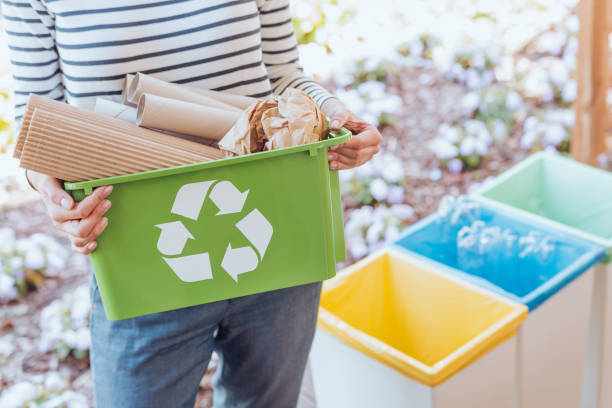The difference between recycling and upcycling is what this article seeks to explain and shade light on.
Most people use the terms ‘recycling’ and ‘upcycling’ interchangeably, but do they really mean the same thing or is there a real difference between recycling and upcycling?
Well, for starters though you may use them interchangeably, the two processes do not just mean different things but are appropriately unrelated to each other.
You will not only learn the difference between both terms but we will discuss them individually indepthly, give reasons why each is important from an environmental perspective.
What is Recycling?
Recycling is an industrial concept of waste destruction in order to create something same product, or by transforming them to make something new.
What can be Recycled
Recycling is ideal for several waste especially plastics, though they are not limited to plastics.
Recycle materials and items are most usually collected — from residential areas, commercial properties, industrial properties, or dumpsites and transferred to a recycling plant where the industrial process takes place.
This recyclables are usually first sorted into types and then broken down to create new products.
Some items are totally recyclable while some can be recycled in percentages because they become weaker through the recycling process (i.e. plastic and paper).
Example of plastics that can be recycled include:
Milk Bottles, Drinks Bottle, Beauty Shampoo, skin care and Gel Bottles, Detergent Bottles, Cleaning Product Bottles, Plant Food and Pesticide Bottles, Trays, Pots e.g. icecream Pots, Tubs etc.
While some plastics cannot be recycled some of such examples include: Plastic bags, straws, lids, coffee cups, plastic products packaging etc.
Though, once a material can no longer be found worthy to serve any purpose, then it is eco-friendlier to recycle it than discard it to landfills.
What is Upcycling?
Often referred to as ‘creative recycling’, upcycling is entirely different from recycling.
Upcycling is the process of using old fashioned products or materials to recreate something more aesthetically appealing from its previous state without putting it through any industrial process or particularly destroying its former state.
In upcycling, the original form is retained and the object is usually recognisable, and it is borne out of creativity.
The Cambridge English Dictionary defines upcycling to be: “The activity of making new furniture, objects, etc. out of old or used things or waste material”
Upcycling is a form of recycling where you get to convert a product that you would have otherwise discarded and give it a new use in life.
A simple example to explain the difference between recycling and upcycling would be:

- Making beautiful flower verses out of old used beverage cans.
- Repainting old furnitures like cabinets and incorporating some simple captivating designs using fabric or cardboard papers to add some some color to these furnitures.
Upcycling spans acrossa tide of things, a chest of drawers, old window shutters, a mould of cement block etc.
All you need to do is get creative – get some paints, up your coloring skills, add or collect fresh handles where necessary and breathe life into your old boring items and repurposed them to offer a different function all together.
What may limits upcycling will be your creativity and your skills but with your creativity you can pair up employ just a little service from a skilled person for a far less fraction to if you were to purchase a brand new item.
Another plus on recycling is that you get to enjoy unique customization and take credits for them.
There is also no limit to what you can upcycle as long as the only flaw of your item is that its old or have a few rough edges.
While upcycling gives a story to an item— from what it has been and also what it has become.
Recycling completely brings back the product in a brand new form, where you will only obtain or own by buying the same product at the designated outlets.
Conclusion
In summary, both recycling and upcycling offer great benefits both to human and to environment.
It helps in combating pollution in all areas (land, water and air) as well as conserve our environment while supporting habitable conditions for animals and plants to thrive in.
If you’d like to learn more about waste and recycling, you’ll find lots of interesting articles on our recycling blog.
